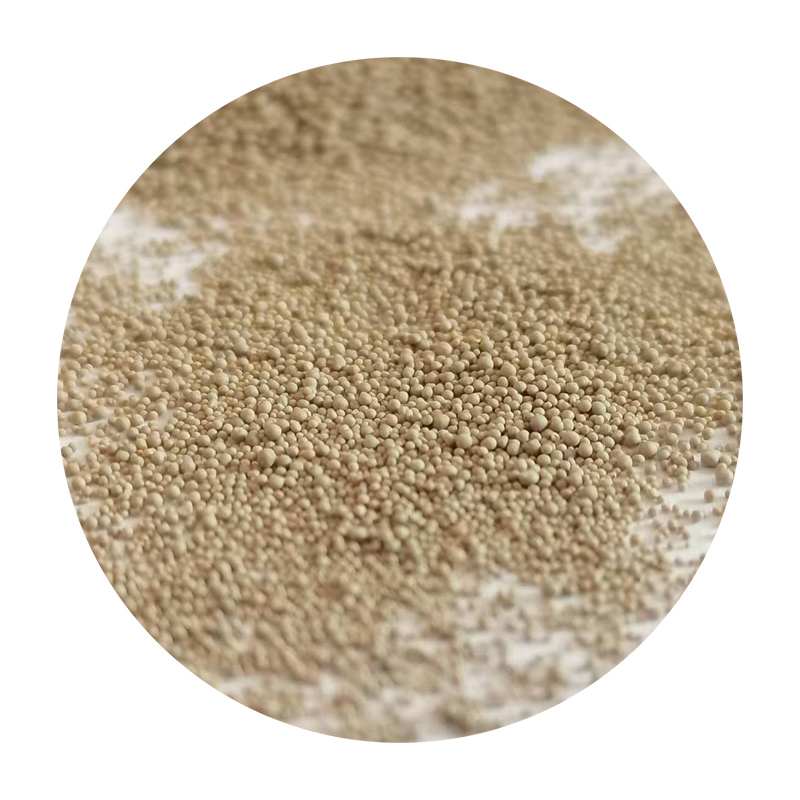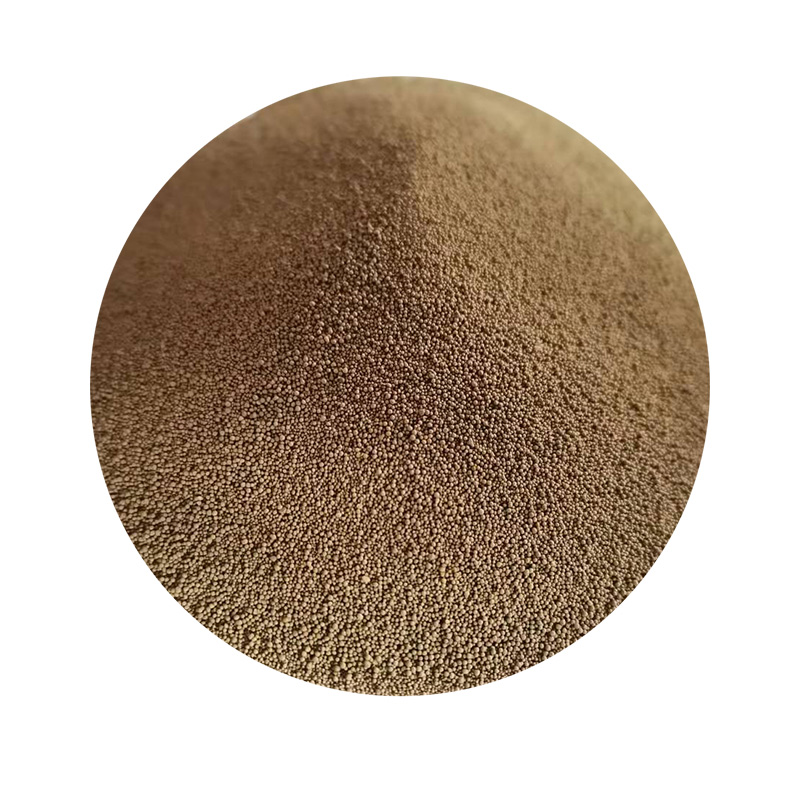

Trustworthiness is at the core of the transaction between foundries and clients. Firms that specialize in low volume sand casting prioritize transparent communication, detailed project planning, and robust quality assurance processes. By employing rigorous testing methodologies, such as non-destructive testing (NDT) and precision dimensional inspection, manufacturers assure each part's reliability and safety. Certification through international standards like ISO 9001 often supplements these frameworks, reinforcing customer confidence and repeat business. From an experiential viewpoint, the evolution of low volume sand casting techniques is fascinating. Decades of practical application reveal diverse scenarios where this casting discipline shines—for example, historical restoration projects where obsolete components must be reconstructed or in cutting-edge engineering applications where bespoke parts are required rapidly. These experiences underscore the versatility and enduring relevance of sand casting in modern manufacturing paradigms. The professional ecosystem surrounding low volume sand casting is deeply interconnected. Engineers, CAD designers, and material scientists pool their expertise to optimize design for manufacturability. Early collaboration in the design phase prevents costly design changes later. This holistic approach ensures that components are designed not only for functional requirements but also for casting feasibility and cost efficiency. In summary, low volume sand casting stands as a sophisticated and invaluable process within the manufacturing industry. Drawing on the collective prowess of skilled craftsmen and engineers, it weaves together the essential elements of experience, expertise, authoritativeness, and trustworthiness to deliver superior metal components. Through understanding its unique advantages and the depth of knowledge required to execute it successfully, stakeholders can better appreciate why this method remains a coveted choice for precision-driven, low-volume production needs. Post time:ກ.ພ. . 14, 2025 01:56
Next:iron sand casting
